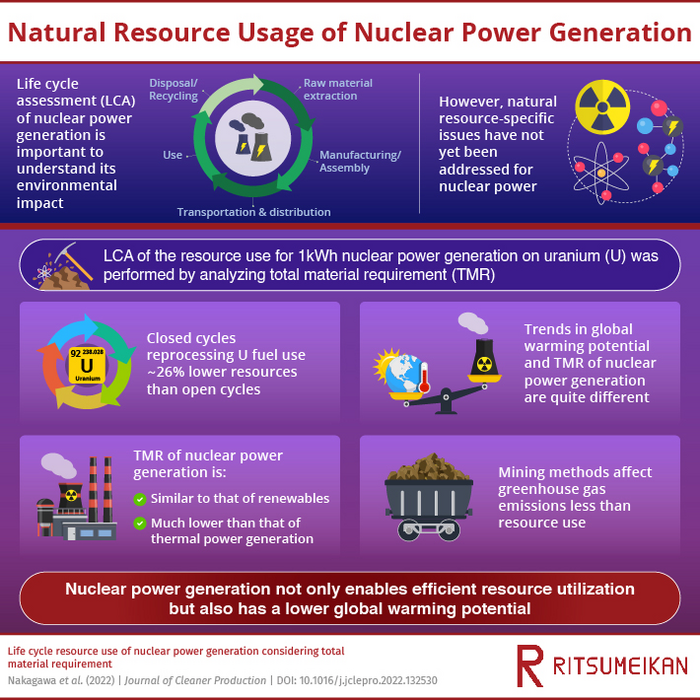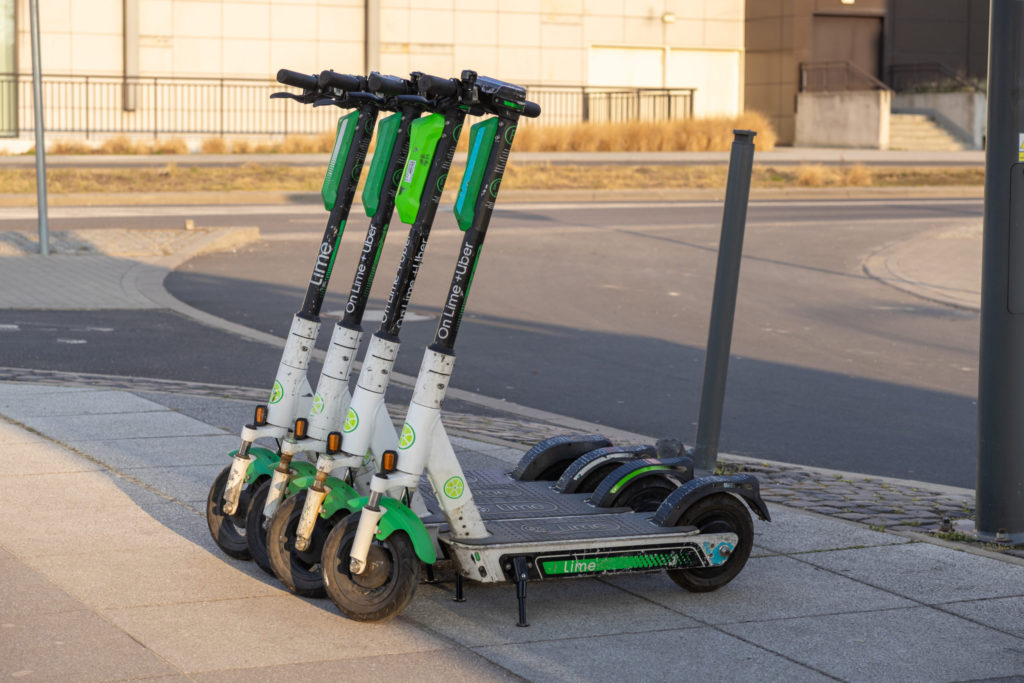
Published in the Journal of Cleaner Production, the research points out that even though life cycle assessments (LCA) have been conducted to evaluate the life cycle cumulative energy consumption and greenhouse gas emissions related to electricity generated via nuclear power, such indicators don’t account for the total resources used throughout the process.
“An LCA of the resource use for 1kWh nuclear power generation based on uranium was performed by analyzing TMR,” Shoki Kosai, corresponding author of the study, said in a media statement.
“We looked at both open and closed fuel cycles, and three types of uranium mining methods: open-pit mining, underground mining, and in-situ leaching (ISL), apart from other variables in nuclear power generation, for a thorough LCA.”

GHG emissions and natural resource usage were subsequently evaluated for these variables.
The researchers found that the TMR coefficient (indicating the mining intensity) of enriched uranium fuel was the highest, followed by nuclear fuel, reprocessed uranium fuel, mixed oxide (MOX) fuel, and lastly, yellow cake.
The grade of uranium ore had a huge impact on the TMR coefficient as well, which meant that TMR varied significantly with different mining methods. In situ leaching had the lowest TMR. However, the mining method had a more significant impact on resource utilization as compared to its impact on GHG emissions.
“We found that a closed cycle that reprocesses uranium fuel uses 26% lower resources than an open cycle that does not reuse its by-products,” co-author Eiji Yamasue said.
Additionally, the scientist and his colleagues found that the natural resource use of nuclear power generation was similar to that of renewable energy and significantly lower than that of thermal power generation.
Further, the global warming potential and TMR of nuclear power generation showed very different trends. Along with lower GHG emissions, nuclear power generation also used fewer natural resources, making it an environmentally favourable source of power generation.
“Maintaining a circular economy, even for resource use, is important. Our findings can assist policymakers in formulating long-term energy policies which consider electricity and power generation using nuclear power,” Kosai said.
This post has been syndicated from a third-party source. View the original article here.




